I use example code to compare HSV histograms using EMD.
I want to find similar images in people's (mobile) picture library. It's quite common that people take several images of the same subject (in a row) with just slight changes: zooming in/out a bit, different angle, different exposure as a result of changing position, other pose, ....
I selected 4 sets of 4 similar images to test this algorithm. When comparing the images inside the sets, I get 22 EMD-L1 values between roughly 0.25 and 2.25 (average 1.47) and 2 outliers around 7.2.
When I cross-comparing between sets I get values between 2 and 15 with an average around 8.
Yes, there is a significant range difference between the two result sets. But I was disappointed that there was no (gap) between these ranges, and instead a small overlap [2.0, 2.25]. I'm hoping to improve the algorithm.
How can I optimise my comparison for my particular use-case? There are various histogram forms, various histogram comparison algorithms, and then each has various parameters.
Does OpenCV implement the fastest known EMD algorithm? I was surprised that the comparison of some histograms took up to a second; especially with the relatively small bin numbers.
Then, some cross-comparisons give good EMD results, but have totally different RGB histograms. Here are two images:
My current EMD-L1 says 1.95, but the RGB histograms are totally different.

